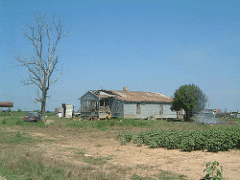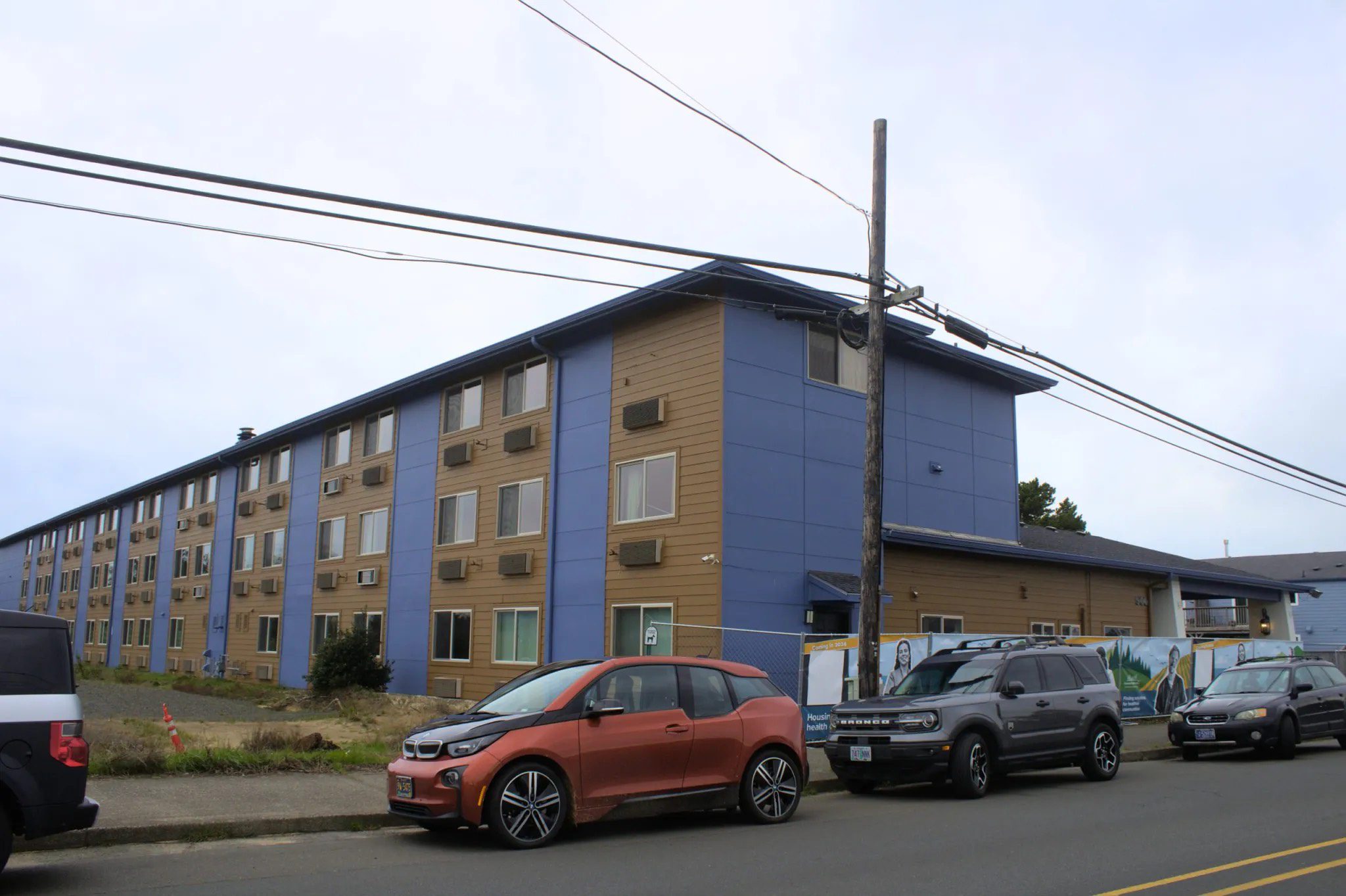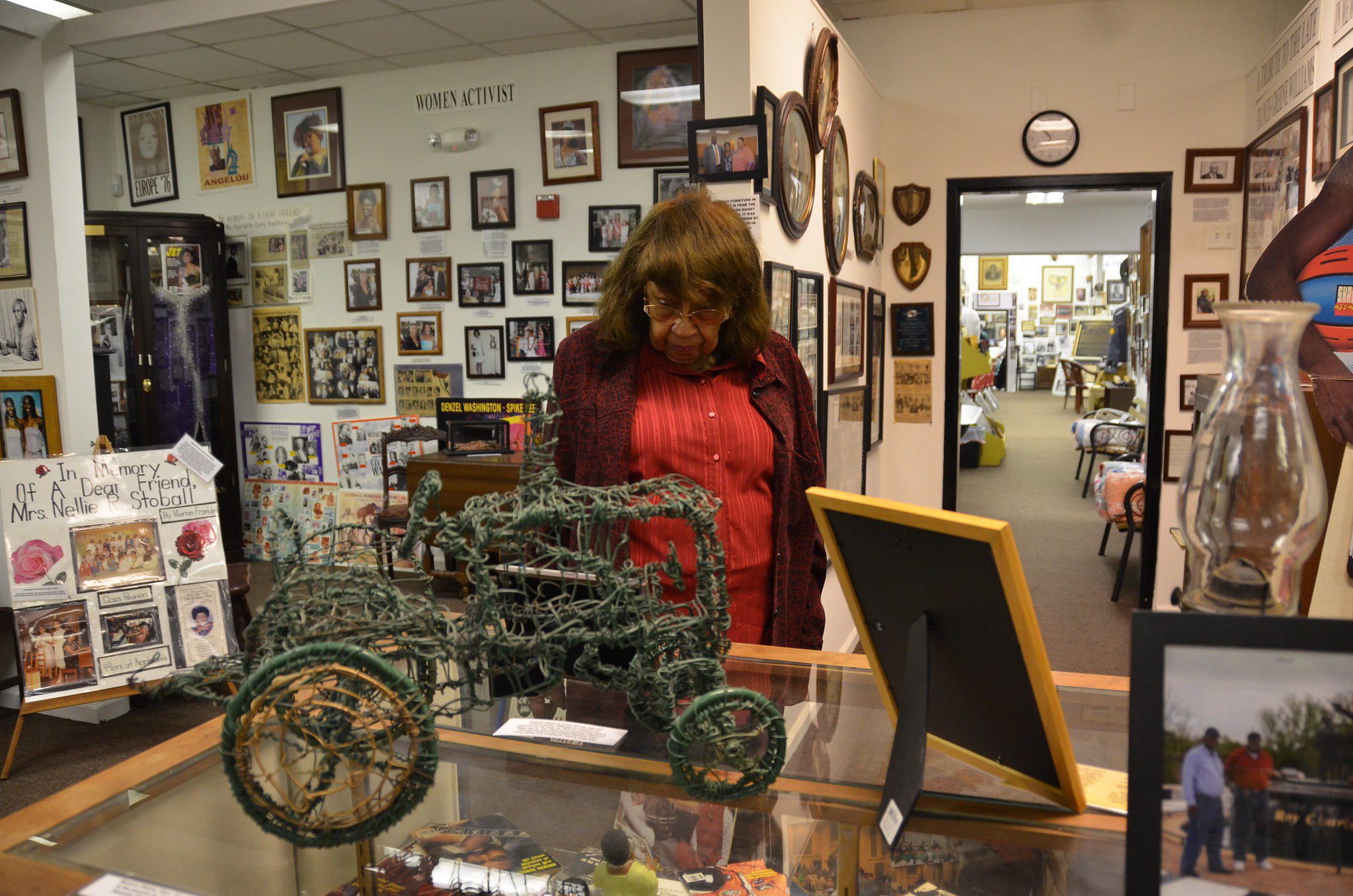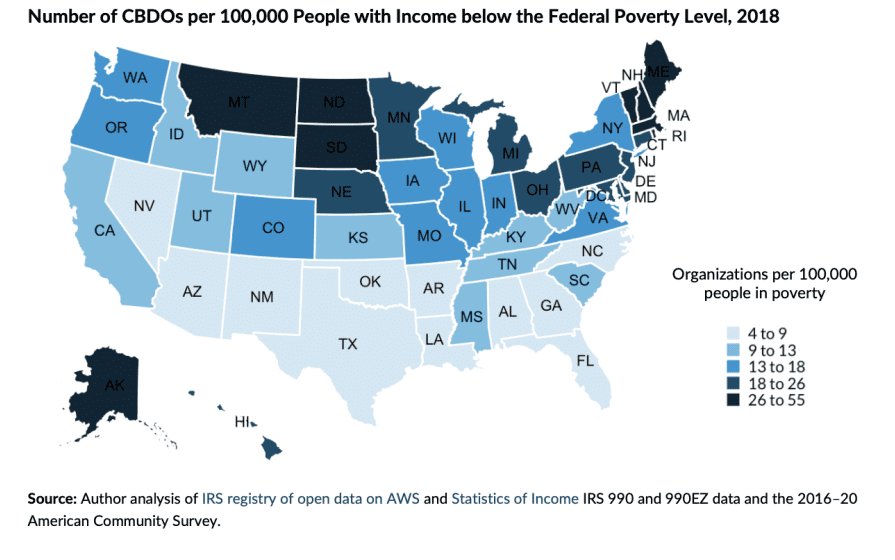
Several of the day's speakers echoed her sentiment, and spoke of feeling frustrated trying to get attention and resources for the work they do. But as Erika Poethig noted in her remarks on the closing panel (which I was fortunate enough to be moderating), distressed parts of urban areas (especially in smaller urban areas that are often overlooked even in discussions of urban areas) and rural areas have a lot in common. Obviously there are some very real differences, but there are enough similarities that it seems that there ought to be more potential for making common cause than currently exists.
Here are some of the similarities I noticed as I listened to the points being made throughout the day:
- Persistent poverty, and the difficulty of getting people to pay attention to it. Persistent poverty—areas where high levels of poverty have been in place for decades—are highly prevalent in rural areas. Metro areas don't have entire counties that qualify as persistently poor, but at the neighborhood level they absolutely do, despite more attention to gentrification.
- Being worried about what the mantra of mobility and geography of opportunity means for the place-based work they are doing. I heard from rural practitioners pretty much the same concerns I've heard from urban place-based practitioners about losing funding or competitive points for work to bring investment and better quality housing to places that desperately need it because they are not high opportunity areas.
- Segregation and inequality shape the physical landscape and people's opportunities. Poverty in rural areas, as one map showed, has different predominant racial characteristics in different parts of the country, but as John Henneberger noted in the closing panel, segregation in those areas, and disparate conditions “across the tracks” is a major feature of those areas and is driving population loss.
- There is a tremendous interest in using housing as a unifying platform for delivering services, improving health, and making comprehensive change.
- Low cost housing—but low incomes mean there's still a high housing cost burden for many. Clearly many urban markets actually have very high cost housing—but in others it remains relatively low cost—just not low enough compared to incomes.
And then there were the two ways in which speakers suggested that the rest of the community development field might look to rural areas for leadership and partnership:
- The whole country is experiencing a major wave of aging, but rural America is, for various reasons, ahead of the curve—how they handle this challenge could provide lessons for the rest of the country.
- Due to lower density, rural nonprofits have not been able to specialize—they've remained “comprehensive.” While this presents capacity challenges, it also presents opportunities for thinking in creative and connected ways.
There are absolutely unique challenges about working in rural America as well, and they shouldn't be overlooked or subsumed in a larger agenda that doesn't acknowledge the diffrences. Nonetheless, I was struck by these many points of connection. If hot market coastal boomtowns and small struggling rust belt cities belong in the same movement for place-based approaches to health communities and fighting poverty, then it seems like rural areas belong there too.
(Photo credit: “Delta Farm House,” by Jimmy Smith via flickr, CC BY-NC-ND 2.0)





Comments